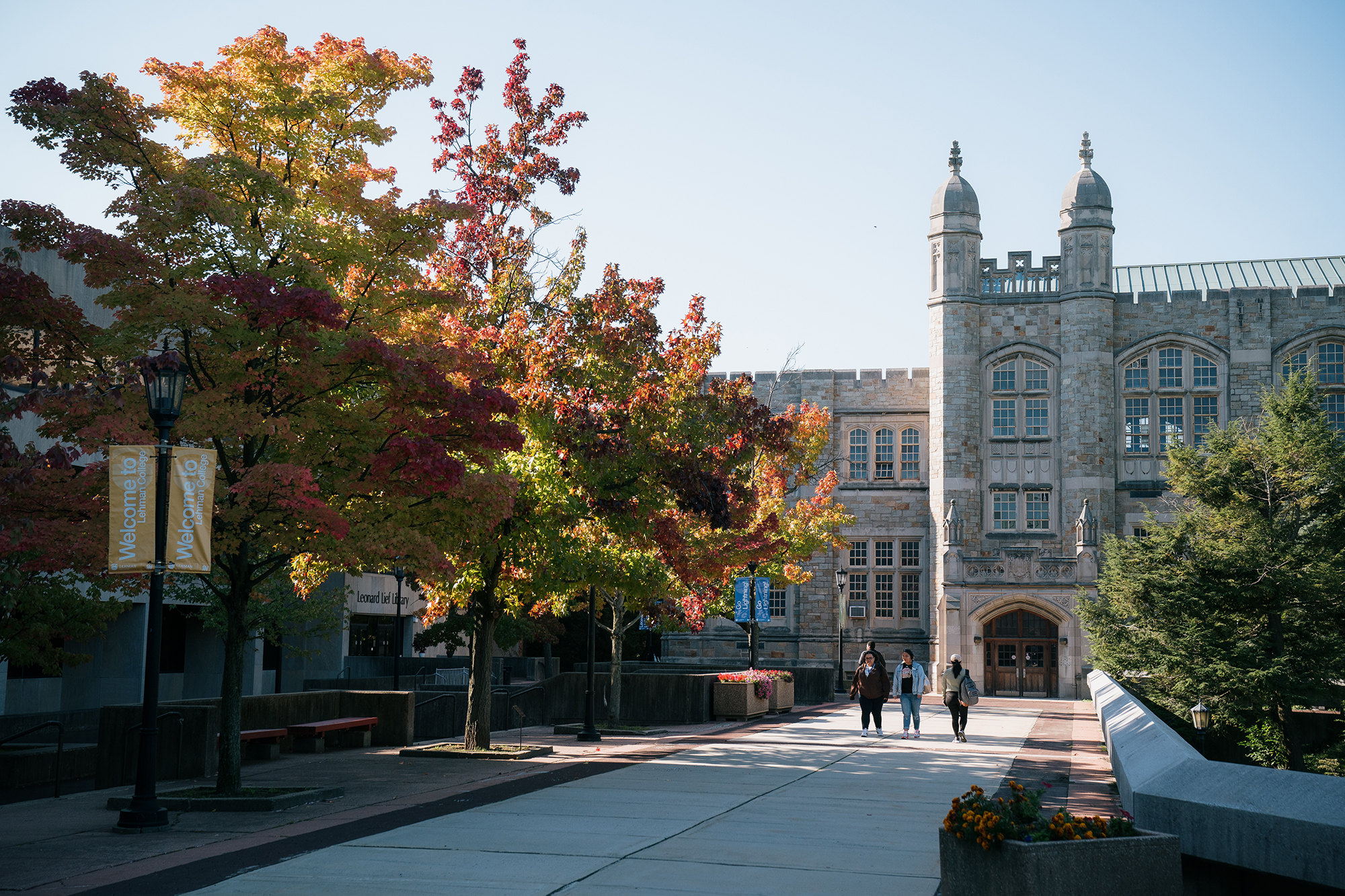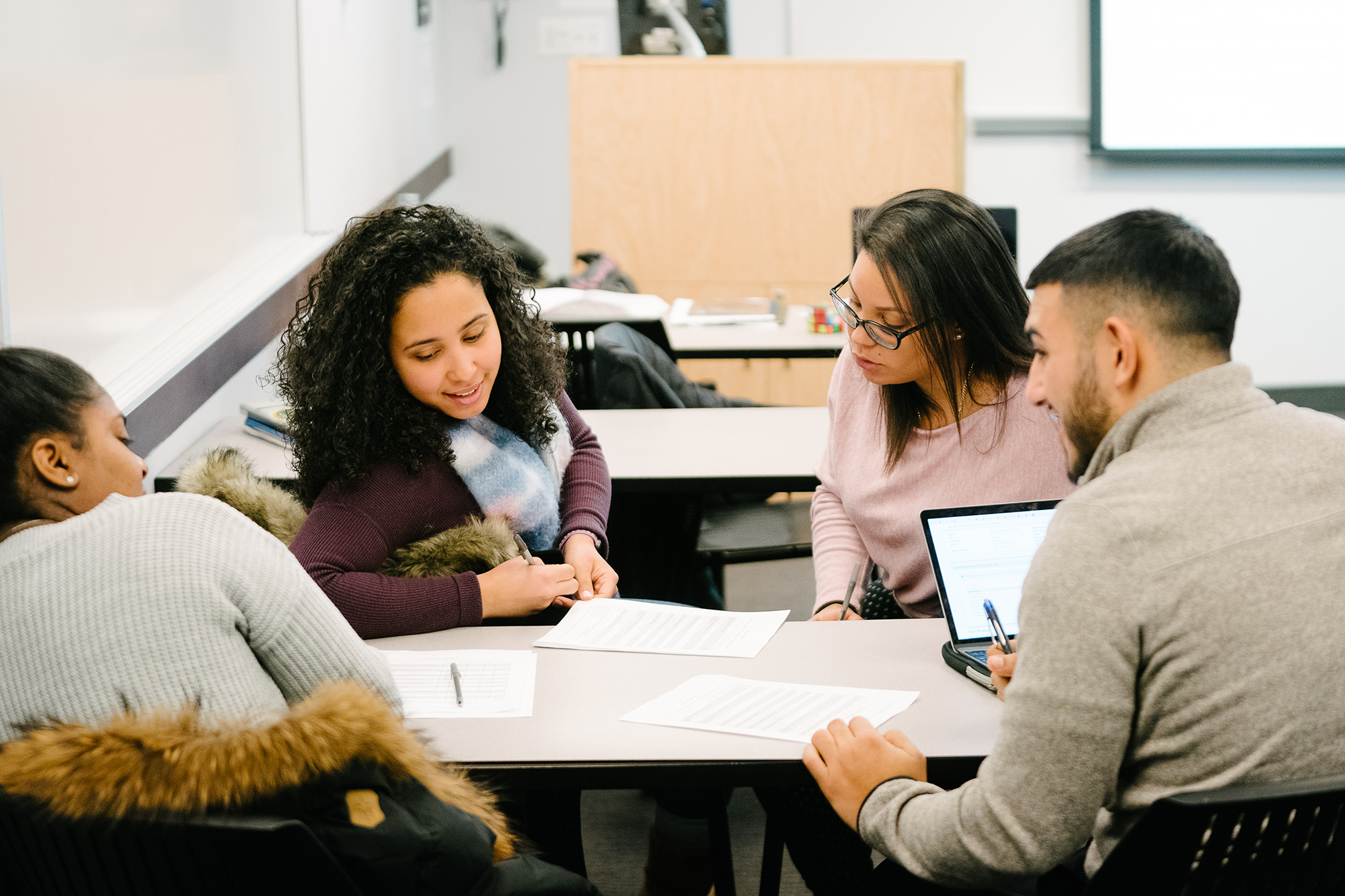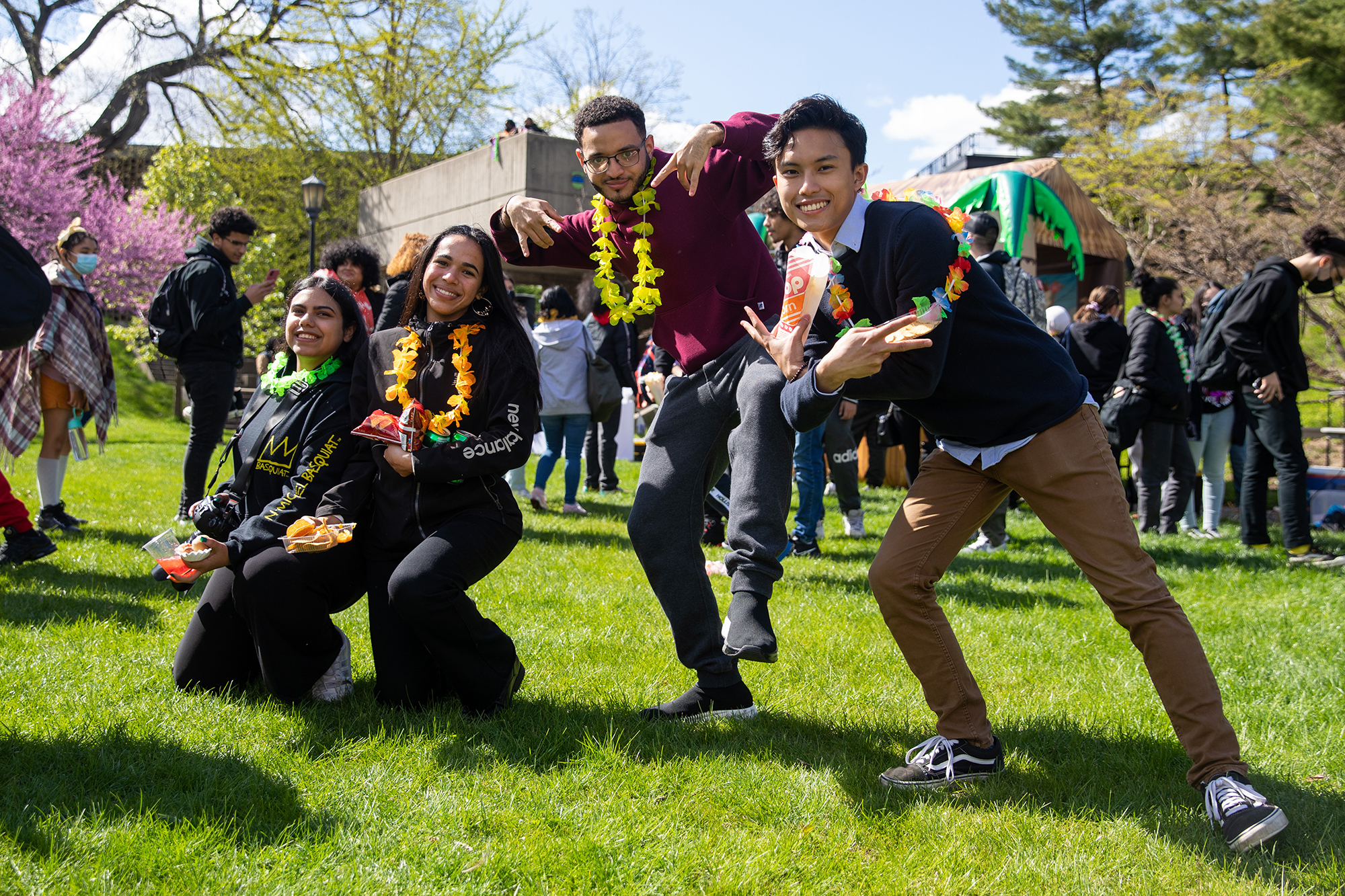School of Education
Related Links
Bibliography
LUTE Introduction | Institutional Context | Vision, Purposes and Professional Commitments | Our Working Themes | Department of Counseling, Literacy, Leadership, and Special Education (CLLSE) | Our Departments/Programs | Our Centers and Institutes | Our Partners | Conclusions | Bibliography
Bibliography
- Addams, J. (1930). The second twenty years at Hull-House. NY: Macmillan.
- Bagley, W.F. (1911). Craftsmanship in teaching. NY: Macmillan.
- Berson, V.B. (2004). The education of Jane Addams. Westport, CT: Greenwood Press.
- Campbell, C. A., & Dahir, C. A. (1997). The national standards for school counseling programs. Alexandria, VA: American School Counselor Association.
- Cremin, L.A. (1957). The republic and the school: Horace Mann on the education of free men. NY: Teachers College.
- Dewey, J. (1934). A common faith. New Haven, CT: Yale University Press.
- Epstein, J. L., & Van Voorhis, F. L. (2010). School counselors' roles in developing partnerships with families and communities for student success. Professional School Counseling, 14, 1-14.
- Erikson, E.H. (1968). Identity: Youth and crisis. NY: Norton.
- Fiddler, M., Marienau, C., & Whitaker, U. (2006). Assessing learning: Standards, principles, & procedures. Chicago, IL: The Council for Adult & Experiential Learning (CAEL).
- Freire, P. (2000). Pedagogy of the oppressed. Translated by Myra Bergman Ramos. NY: Continuum.
- Gagne, R. (1985). The conditions of learning. New York: Holt, Rinehart & Winston.
- Gardner, H. (1983). Frames of Mind: The theory of multiple intelligence. New York: Basic Books.
- Greene, M. (2001). Variations on a blue guitar: The Lincoln Center Institute lectures on aesthetic education. NY: Teachers College.
- Gutek, G. L. (1999). Pestalozzi and Education. Prospect Heights, IL: Waveland.
- Gutek, G.L. (2011). Historical and philosophical foundations of education: A biographical introduction. Upper Saddle River, NJ: Pearson.
- Hart, P. J., & Jacobi, M. (1992). From gatekeeper to advocate: Transforming the role of the school counselor. New York: College Entrance Examination Board.
- Holcomb-McCoy, C. (2007). School counseling to close the achievement gap: A social justice framework for success. Thousand Oaks, CA: Corwin Press.
- Holcomb-McCoy, C. & Chen-Hayes, S. F. (2011). Culturally competent school counselors: Affirming diversity by challenging oppression. In B. T. Erford, (Ed). Transforming the school counseling profession. (3rd ed). (pp. 90–109). Boston: Pearson.
- House, R. M., & Hayes, R. L. (2002). School counselors: Becoming key players in school reform. Professional School Counseling, 5, 249-256.
- House, R. M., & Martin, P. J. (1998). Advocating for better futures for all students: A new vision for school counselors. Education, 119, 284-291.
- Kilpatrick, W. H. (1914). The Montessori system examined. Boston: MA. Houghton Mifflin.
- Lee, V. V., & Goodnough, G. E. (2011). Systemic, data-driven school counseling practice and programming for equity. In B. T. Erford, (Ed.)., "Transforming the school counseling profession." (pp. 129–153). Boston: Pearson.
- Lewis, D.L. (1993). W.E.B. DuBois: Biography of a race, 1868-1919. NY: Holt.
- Martin, P. J., Robinson, S. G., & Erford, B. T. (2011). Transforming the school counseling profession. In B. T. Erford, Ed., Transforming the school counseling profession (3rd ed). (pp. 1–18). Boston: Pearson.
- Mezirow, J. (2000). Learning as transformation: Critical perspectives on a theory in progress. San Francisco: Jossey Bass.
- Noddings, N. (1995). Philosophy of education. Boulder, CO: Westview Press.
- Palmer, P.J. (2007). The courage to teach: Exploring the inner landscape of a teacher’s life-10th anniversary ed. San Franciso, CA: Josey-Bass.
- Pestalozzi, J.H. (1891). Leonard and Gertrude. Translated by Eva Channing. Boston:D.C. Heath.
- Piaget, J. (1930). The child’s conception of physical causality. NY: Harcourt.
- Piaget, J. (1954). The origins of intelligence. NY: Basic Books.
- Salovey, P. & Sluyter, D.J. (1997). Emotional development and emotional intelligence: Educational Implications. NY: Basic Books.
- Skinner, B.F. (1957). Verbal behavior. Englewood Cliffs, NJ: Prentice Hall.
- Sternberg, R.J. (1988). The triarchic mind: A new theory of human intelligence. NY: Viking.
- Wertsch, J.V. (1985). Vygotsky and the social formation of mind. Cambridge, MA: Harvard University.
- Vygotsky, L. (1962). Thought and language. Cambridge, MA: MIT Press.
- Vygotsky, L. (1978). Mind in Society. Cambridge, MA: Harvard University.
National Organization Sources:
- Association for Childhood Education International (ACEI)
- American Counseling Association Code of Ethics (2012 revision)
- American School Counselor Association Code of Ethics (2010 revision)
- American School Counselor Association National Model: A Framework for School Counseling Programs (Hatch & Bowers, 2005, 2d ed)
- American School Counselor Association National Standards (Campbell & Dahir, 1997)
- Council on the Accreditation of Counseling and Related Educational Programs (CACREP) 2009 Standards: School Counseling Specialty area
- Educational Leader Constituent Council (ELCC) Building Leader Standards
- Educational Leader Constituent Council (ELCC) District Leader Standards
- Leadership Codes of Ethics (NASSP, ASCD)
- National Association for the Education of Young Children (NAEYC) Standards
- National Center for Transforming School Counseling at The Education Trust/10 Essential Elements of Transformed School Counseling Programs and New
- Vision/Transformed School Counseling definition, roles (NCTSC, 1998, 2011)
- National Association for the Education of Young Children (NAEYC)
- National Office for School Counselor Advocacy at the College Board 8 Essential Elements of Career and College Readiness Counseling (NOSCA, 2011)
- New York State Educator Code of Ethics.








